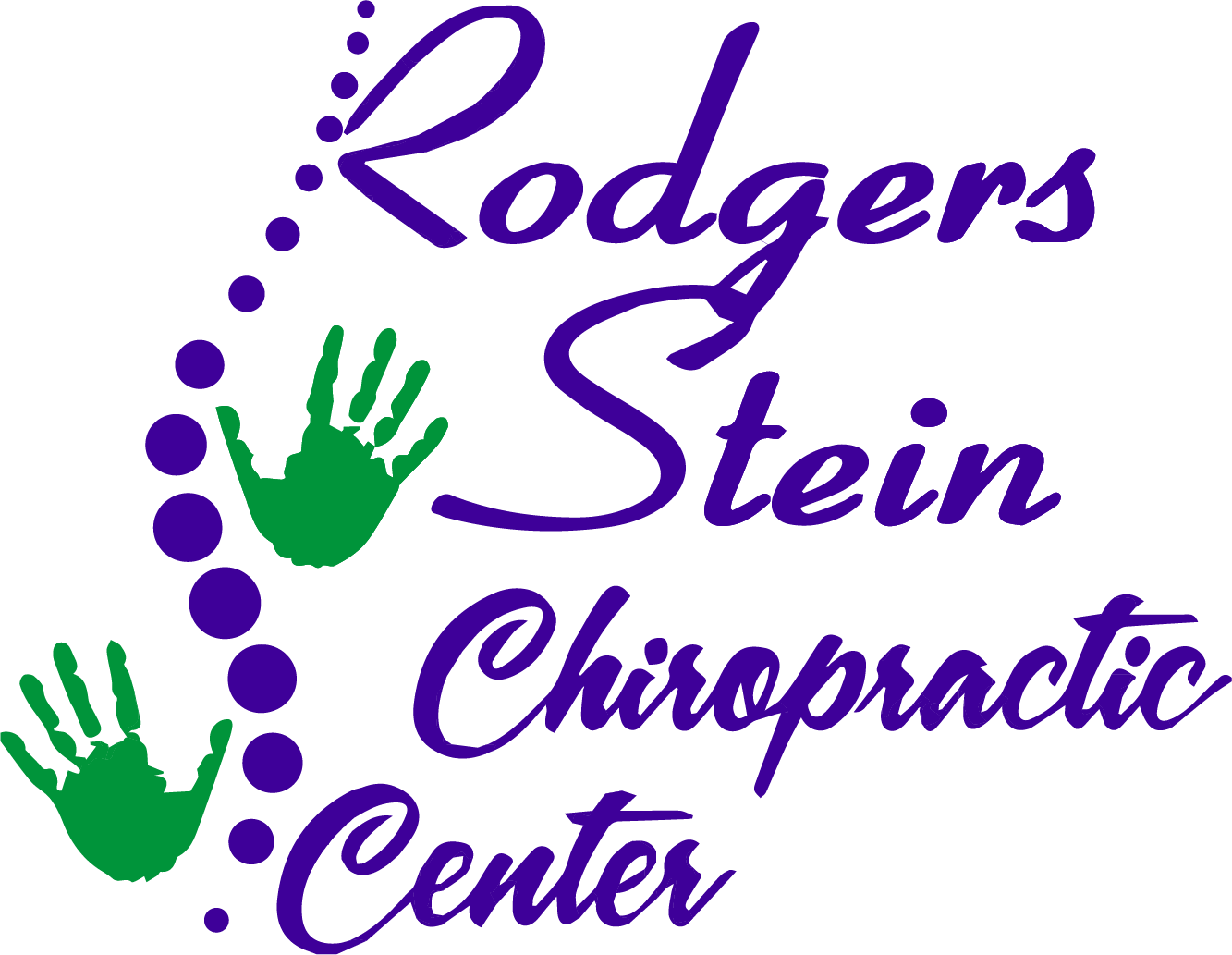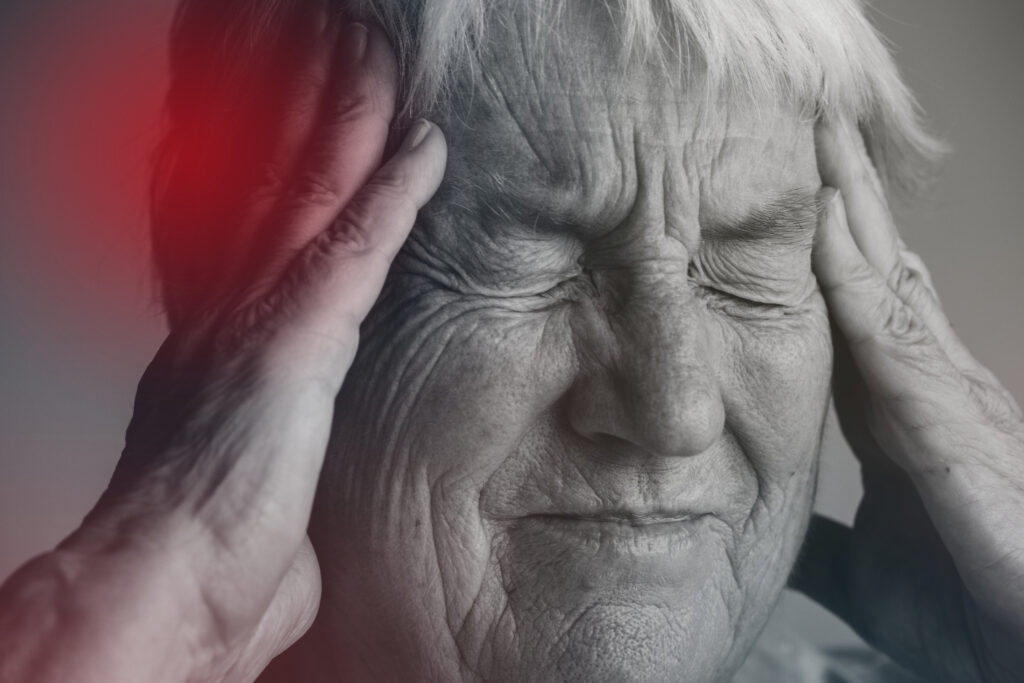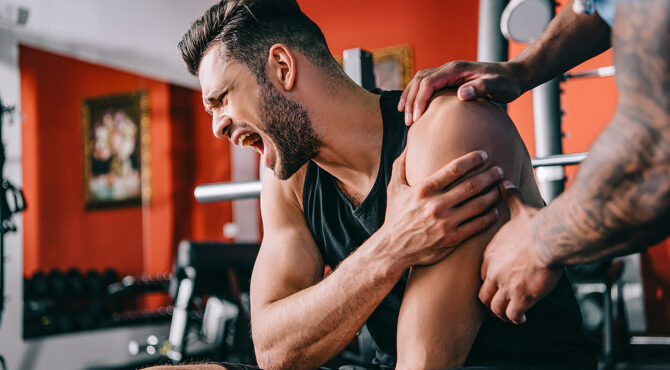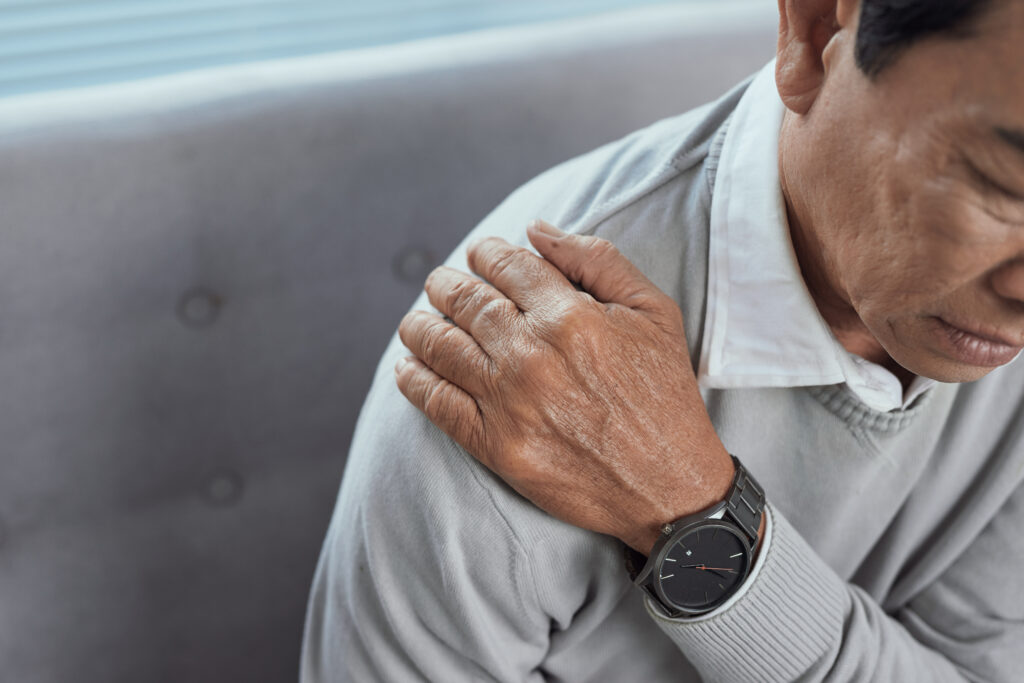When you're dealing with a sports injury, figuring out the best treatments for relief can feel overwhelming. You might instinctively reach for ice or pain relievers, but there's a range of options to contemplate, from physical therapy to alternative therapies like acupuncture. Each method has its own merits and can play a vital role in your recovery process. Understanding how to effectively combine these treatments can make all the difference in getting you back to your sport. So, what are the key strategies you should be aware of to guarantee a smooth recovery?
Rest and Rehabilitation
Rest and rehabilitation are essential for recovering from sports injuries. When you sustain an injury, your body needs time to heal, and pushing through the pain can lead to further complications. Taking a break from your regular activities allows your muscles, tendons, and ligaments to recover properly. During this time, you should focus on listening to your body and recognizing its limits.
Rehabilitation involves a structured program designed to restore strength and flexibility to the injured area. You'll want to work with a qualified physical therapist who can tailor exercises to your specific needs. They'll guide you through various movements that help rebuild strength while also addressing any imbalances that may have contributed to the injury.
It's important to stay committed to this process, as rehabilitation is a gradual journey. In addition to physical therapy, incorporating gentle stretches and low-impact exercises can aid your recovery. Activities like swimming or cycling can maintain your fitness level without placing undue stress on the injury.
Remember, you should avoid high-impact sports or exercises that might worsen your condition until your therapist clears you. Don't forget the importance of mental recovery as well. Staying positive and patient during this time can make a significant difference in how you cope with your injury.
Ice and Compression
Applying ice and compression can greatly alleviate swelling and pain following a sports injury. When you experience an injury, your body often responds with inflammation, leading to discomfort and reduced mobility. Ice therapy helps numb the area, reducing pain and limiting swelling. It constricts blood vessels, which minimizes the accumulation of fluids in the injured tissue.
To effectively use ice, wrap an ice pack or a bag of frozen peas in a thin towel to protect your skin. Apply it to the injured area for about 15 to 20 minutes every hour as needed. Avoid applying ice directly to your skin, as this can cause frostbite. Make certain to give your skin a break between applications to avoid irritation.
Compression complements the effects of ice by providing support and further reducing swelling. Use an elastic bandage or compression wrap to gently compress the injured area. Start wrapping from the farthest point away from your heart and work your way up. Confirm it's snug but not too tight; you should still be able to wiggle your toes or fingers. If you notice increased pain, numbness, or tingling, loosen the wrap.
Combining ice and compression not only helps with pain relief but also promotes faster recovery. Remember to keep the injured area elevated as well, if possible.
With consistent care, you'll be on the road to recovery and back to your favorite sports activities sooner than you think!
Physical Therapy
Once you've managed initial swelling and pain through ice and compression, physical therapy becomes an essential step in your recovery journey. This targeted approach helps restore your strength, flexibility, and function after a sports injury. A physical therapist will assess your specific needs and create a personalized rehabilitation plan tailored to your condition.
During your sessions, you'll engage in a variety of exercises designed to improve your range of motion and rebuild muscle strength. These exercises are vital in preventing stiffness and promoting healing. The therapist might also incorporate techniques like manual therapy, which involves hands-on manipulation of the injured area to alleviate pain and improve mobility.
As you progress, your therapist will gradually increase the intensity of your workouts to challenge your body and prepare you for a safe return to sports. They'll teach you proper techniques to avoid re-injury and help you regain confidence in your movements. You'll learn valuable strategies to enhance your overall performance and minimize the risk of future injuries.
Moreover, physical therapy isn't just about physical recovery; it also addresses the emotional aspects of healing. Your therapist will support you through the ups and downs of recovery, ensuring you stay motivated and focused on your goals.
Alternative Therapies
Alternative therapies can offer valuable support in your recovery from sports injuries, complementing traditional treatments like physical therapy. These approaches often focus on holistic healing, addressing both the physical and emotional aspects of your injury.
One popular option is acupuncture, which involves inserting thin needles into specific points on your body. This process may help reduce pain and promote healing by improving blood circulation and releasing endorphins. Many athletes have found relief through this ancient practice, often experiencing faster recovery times.
Another effective alternative therapy is massage therapy. By targeting tight muscles and trigger points, massage can enhance flexibility and reduce muscle tension. Regular sessions can help you manage pain and improve overall mobility, which is essential for your rehabilitation.
Chiropractic care is also worth considering. Chiropractors use spinal adjustments and other manual techniques to realign your body, potentially relieving pressure on nerves and improving your range of motion. This can be particularly beneficial for injuries related to misalignment or overuse.
Finally, practices like yoga and tai chi can promote mindfulness and relaxation while improving strength and balance. These low-impact exercises can help you regain control over your body and mind during the recovery process.
Incorporating these alternative therapies into your treatment plan can enhance your overall healing experience. Always consult with your healthcare provider before starting any new therapies to guarantee they align with your recovery goals.
Medication and Pain Relief
When dealing with sports injuries, understanding the role of medication and pain relief is vital for a smooth recovery. Pain management can greatly affect your ability to return to your favorite activities, so it's important to know your options. Over-the-counter medications like ibuprofen and acetaminophen can help reduce inflammation and alleviate discomfort. These are often the first line of defense for mild to moderate pain.
If your pain is more severe or persistent, your doctor might prescribe stronger pain relievers, such as opioids. However, these should be used cautiously due to the risk of addiction and side effects. Always follow your healthcare provider's recommendations and avoid self-medicating without guidance.
In addition to oral medications, topical treatments like creams or patches can provide targeted relief directly to the affected area. These can be beneficial for localized pain and may have fewer systemic side effects compared to oral medications.
Don't forget about the importance of balancing medication with other recovery strategies, such as physical therapy and rest. While medication can help manage pain, it's important to address the underlying injury to guarantee a complete recovery.
Always consult with your healthcare provider before starting any medication regimen, as they can help you navigate your options and tailor the treatment to your specific needs. Remember, effective pain relief is just one part of your overall recovery plan, so stay proactive about your health.
Conclusion
To summarize, finding the right treatment for your sports injury involves a mix of rest, rehabilitation, and targeted therapies. Don't underestimate the power of ice and compression to ease pain and swelling. Engaging in physical therapy can restore your strength and flexibility, while alternative therapies might enhance your recovery. Finally, don't hesitate to use medications for relief. Remember, working closely with a physical therapist will guarantee you get the personalized care you need to return to your favorite activities safely.



